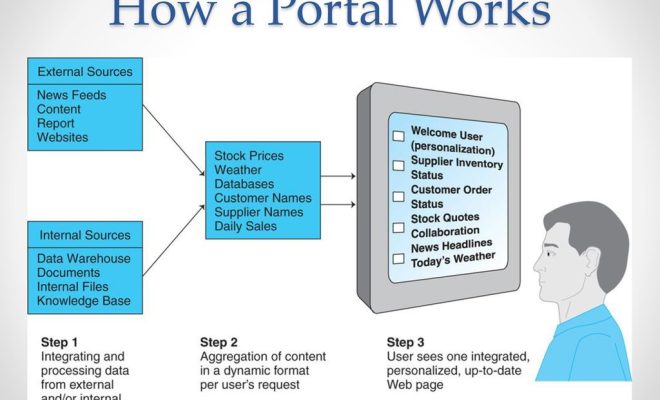What is Data Manipulation Language (DML)?

Data Manipulation Language (DML) is a term used to describe the set of instructions used to manipulate the data stored in a database. In essence, DML is the “language” that is used to change, modify, or delete data that is stored within a database.
Data Manipulation Language is an essential component of any database management system and is used extensively in business, industry, and government organizations. DML is typically used through SQL (Structured Query Language) commands which are designed to interact with the database, allowing the user to add, modify, or delete data as required.
DML commands are generally categorized into four main types: INSERT, UPDATE, DELETE, and SELECT. Each of these commands serves a specific purpose in manipulating the data stored in a database.
Insert: This command is used to insert a new row or record into a database table. The user specifies the data they wish to insert, and the database management system creates a new row with the specified data.
Update: This command is used to modify or update existing data within a database table. The user specifies the row or rows they wish to update, along with the new data that they wish to replace the existing data.
Delete: This command is used to remove a row or rows from the database table. The user specifies the row or rows they wish to delete, and the database management system removes them from the table.
Select: This command is used to retrieve data from a database table. The user specifies the data they wish to retrieve, and the database management system retrieves the specified data from the table.
Overall, DML provides users with a simple and effective way to manipulate the data stored within a database. This is an essential component of any data-driven business, as it allows users to quickly and easily change, update, or delete data as necessary. So, it can be concluded that DML is a vital tool for data management and analysis in today’s business world.






